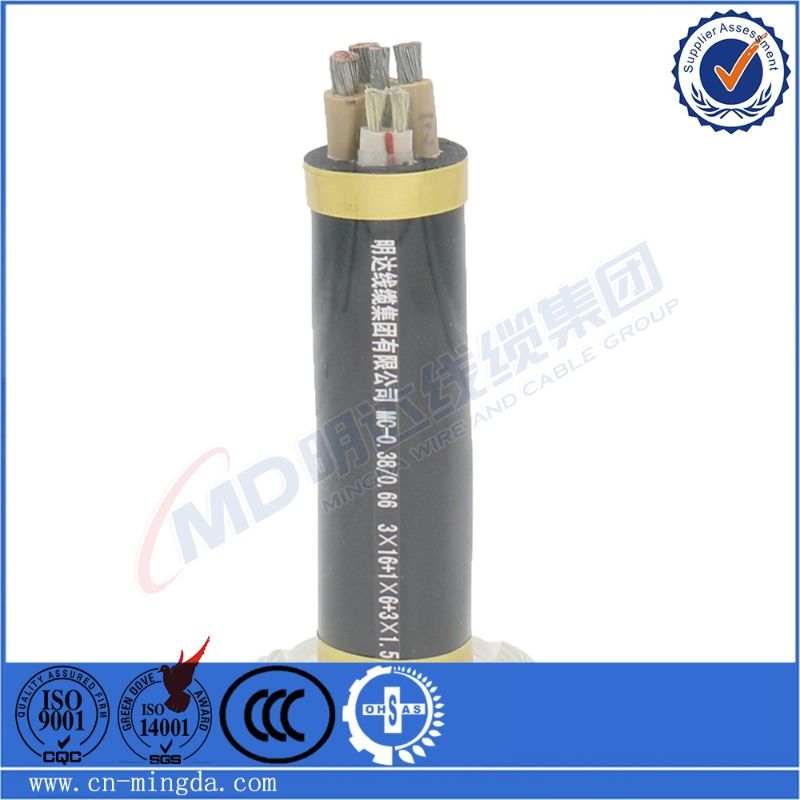Nov . 29, 2024 11:02 Back to list
Understanding Socket and Resilient Seat Technology in Gate Valve Applications
The Evolution of Socket and Resilient Seat Gate Valves A Crucial Component in Modern Engineering
In the realm of industrial applications, the significance of valve technology cannot be overstated. Among the various types of valves, the socket and resilient seat gate valve has emerged as a critical component in fluid control systems. Often utilized in waterworks and various process industries, these valves play an essential role in managing the flow of liquids and gases. This article explores the design, advantages, and applications of socket and resilient seat gate valves, highlighting their importance in modern engineering.
Understanding Gate Valves
Gate valves are designed to allow or prevent the flow of media through a pipeline. Unlike other types of valves, such as ball or butterfly valves, gate valves are specifically engineered to be fully opened or fully closed. This characteristic makes them less suitable for regulating flow; however, their ability to provide minimal resistance when fully opened is one of their most significant advantages. Within the category of gate valves, the socket and resilient seat variants stand out for their advanced design and operational efficiencies.
Socket Design
The socket design in these gate valves refers to the manner in which the valve body connects to the piping system. Typically constructed from durable materials like ductile iron or stainless steel, the socket connection provides a reliable and secure interface. The installation process is relatively straightforward since the socket can accommodate a variety of pipe sizes and types, making it a flexible option for engineers and contractors.
The robustness of the socket design also contributes to the valve's overall longevity and ability to withstand high pressure and adverse environmental conditions. This makes socket gate valves particularly popular in municipal water supply systems, where reliability is paramount.
Resilient Seat Technology
socket and resilient seat gate valve

The innovative resilient seat design further enhances the capability of these gate valves. Traditional gate valves often relied on metal-to-metal seating, which could lead to leaks over time due to wear, corrosion, or improper sealing. In contrast, resilient seat gate valves utilize elastomeric materials for sealing, which provides a more effective barrier against leaks. The expansive properties of resilient materials allow the valve to maintain a secure seal against varying pressure levels and temperature fluctuations, thereby ensuring dependable performance.
This technology also minimizes the required torque for operation, making it easier for operators to open and close valves, which is essential in emergency situations or during routine maintenance. Moreover, the resilient seating reduces the risk of valve freezing or malfunctioning, further bolstering operational dependability.
Applications and Benefits
Socket and resilient seat gate valves are predominantly used in water distribution systems, waste management, and various industrial processes. Their ability to provide excellent flow control makes them suitable for applications ranging from drinking water supply to irrigation systems. The robustness of these valves ensures they can handle the challenges posed by rough treatment and varying environmental conditions.
Furthermore, the longevity of resilient seat gate valves translates into lower overall maintenance costs for operators. With durability as a hallmark, these valves require less frequent replacement or servicing, leading to significant savings over time. Their efficient performance also supports the efficiency of entire fluid systems, promoting sustainability in engineering practices.
Conclusion
As industries strive for greater efficiency, reliability, and sustainability in their operations, the role of socket and resilient seat gate valves becomes increasingly vital. Their unique design features, combined with significant operational advantages, position them as essential components in fluid management systems. As technology advances, these valves are likely to evolve further, promising even more exciting developments in valve engineering. For engineers and operators alike, understanding the benefits and applications of socket and resilient seat gate valves is crucial for optimizing system performance and ensuring reliable service delivery across all sectors.
Share
-
Reliable Wafer Type Butterfly Valves for Every IndustryNewsJul.25,2025
-
Reliable Flow Control Begins with the Right Ball Check ValveNewsJul.25,2025
-
Precision Flow Control Starts with Quality ValvesNewsJul.25,2025
-
Industrial Flow Control ReliabilityNewsJul.25,2025
-
Engineered for Efficiency Gate Valves That Power Industrial PerformanceNewsJul.25,2025
-
Empowering Infrastructure Through Quality ManufacturingNewsJul.25,2025